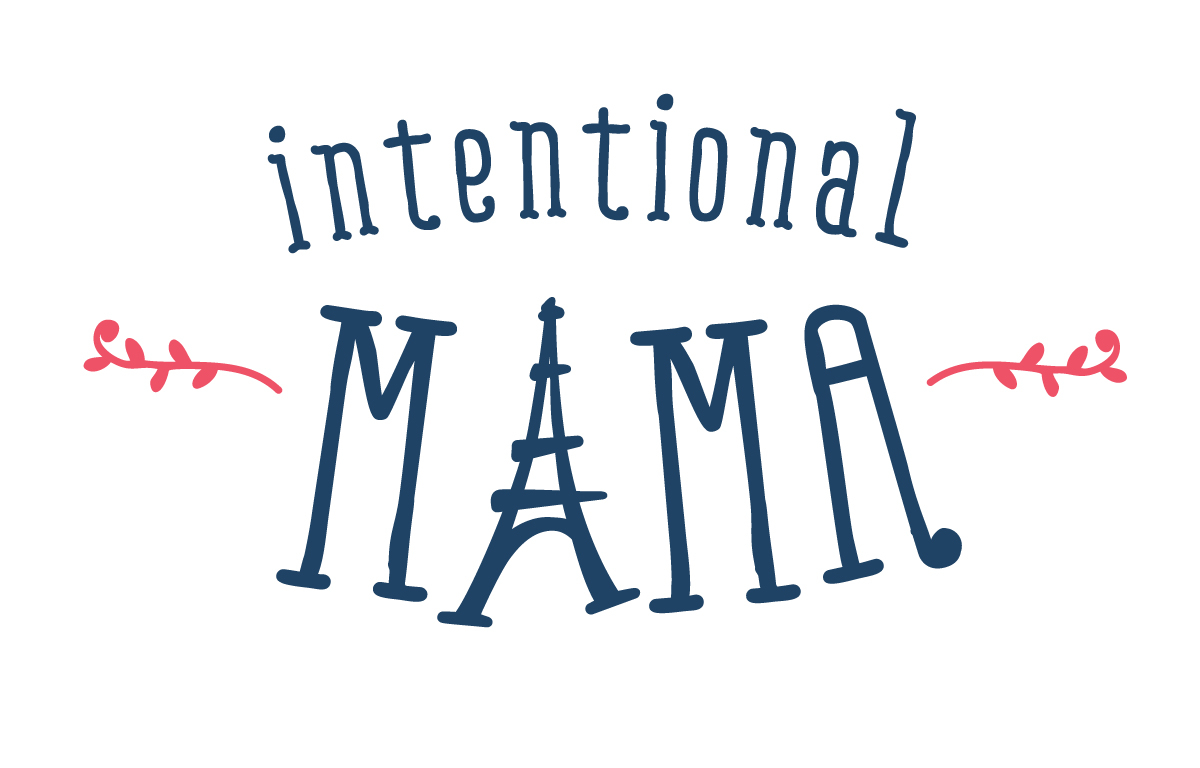The Art of Storytelling: Orality for Parents and Children
My dad is an amazing storyteller. As a child, I loved the stories of his childhood experiences among seven siblings, but his fictional tales were just as engaging. (They featured a naïve kid named Billy who made poor choices and faced amusing yet believable consequences; my dad often retold the stories twice in a row, with Billy making different decisions and arriving at better outcomes.)
My dad reading to my children
My own storytelling skills are fairly weak. With a Bachelor's Degree in English, I've read plenty of choice stories, but literacy differs from orality. Storytelling is an art that is improved with practice--and practice is what I need. I'm going to make frequent storytelling a focus in the next few months. Would you like to join me?
Why Children (and Parents) Need Oral Stories:
Children, especially pre-literate children, listen intently to oral stories. Stories reveal truths through the beauty of language while bonding the listener to the storyteller. Told by memory, they reveal the essential elements of a story (character, plot, point of view) and expose the child to rich new language during periods of focused attention. (While telling me a story today, my daughter included, "And he was fast asleep." I'm sure she picked up this phrase by listening to a story!)
Just as importantly, stories reveal other perspectives and experiences, and allow the listener to learn universal truths beyond the confines of time, culture, and place. Stories add to our knowledge of character and human nature (as well as the traits of nature and animals), often with some magic or wonder thrown in. No wonder we're all fascinated by the possibilities of a story!
Grandma and Children by Nikolaos Gyzis, 1883
How to Tell A Story to Children:
- Decide on the type of story and its purpose(s). Fiction or non-fiction? To inform, explain an origin, or prepare for an upcoming experience, perhaps? Will it be a family memoir, fable, moral lesson, comedy, hero's journey, or an episode from history? Think of links to your child's current interests and consider inviting their participation. My preschool-age daughter loves to select the characters she wants me to include.
- Set the scene: Introduce the place and characters with precise descriptions. What stands out as you visualize the story?
- Introduce the complication or problem(s): What decisions are made? What challenge does the central character face?
- Build the tension (but pay attention to your child's interest level): For young children, focus on actions, basic feelings, and thoughts; for older children, lengthen the story with dialogue, motives, and plot turns.
- Resolve the problem in an unpredictable yet satisfying way. The story should be believable and relatable for your child, even if it takes place in a fantasy world. And everyone likes to see justice served.
- Retell the same stories and feature returning characters. Familiarity adds to a child's delight in the story. Help him or her memorize its elements by remaining consistent to the original version. If you or your child grow weary of a story, consider retelling it from another point of view.
Photo by Marco De Jong
It's also important to give children an opportunity to tell and retell stories. I'll share ideas to help them do so in my next storytelling post.
The next time you find an opportunity to tell a story, share it with joy--stories are a paved path to understanding and one of humankind's greatest pleasures.
This post is the first in a Monday series on storytelling here at Intentional Mama. I look forward to sharing more about French vs. American story elements and the challenges of storytelling in a non-native language.
Which stories do you remember hearing as a child?

